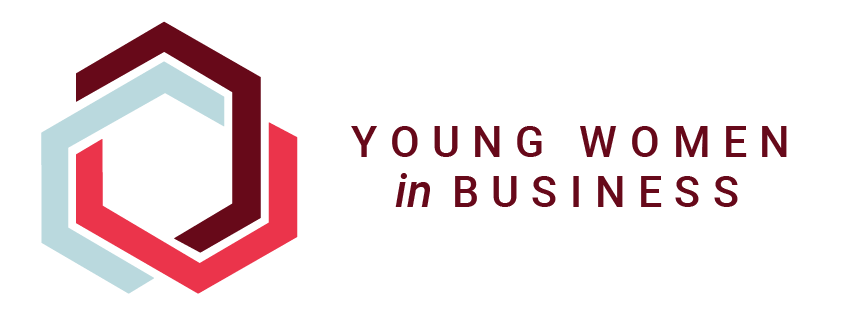Career Spotlight: UX Design
/UX (User-Experience) Design is a career that revolves around many aspects of product design such as design, usability, function, as well as branding and marketing. UX Designers see a product from the very beginning to the very end of its journey and focus primarily on how users experience or interact with it. UX Design is a vast and diverse field; there are no two days that look the same and the tasks that a designer will tackle vary depending on the company, nature of the product, the market, and the target audience.
However, despite the variability, there are some key activities that all UX designers will engage in during their careers. These activities and core responsibilities make up most of their day-to-day work. So what are they?
1. User Research
Product and user research is imperative to understanding the needs of an audience. According to BrainStation, “user research often focuses on the behavior, motivations, and needs of a customer to help the designer identify what opportunities exist in a particular market for product solutions.” Research is typically conducted through interviews, focus groups, and surveys - these help designers gain greater insight into their target audience.
2. Persona Development
After consolidating and interpreting their findings, UX designers will proceed to craft personas based on patterns they detect in their research. These personas represent different demographics and personify their unique motivations, needs, potential responses, and any other information that the team may need to make their product as effective and user-friendly as possible. Personas are a key way that designers can better understand the people they are catering to.
3. Information Architecture (IA)
Information Architecture is the step in which UX designers will map out how they want to present information to the consumers/users of their product. This step is crucial in determining how the product will be navigated based on how the information is organized and laid out. According to Adobe, “[IA is] the creation of a structure for a website, app, or other product, which allows users to understand where they are—and where the information they want is in relation to their current position.” This is the step in which usability, accessibility, and interactivity are optimized.
4. Wireframing
Based on the finalized information architecture, wireframes, or low-fidelity sketches, are constructed to provide a guide to where different elements in the product will be placed. These wireframes show basic representations of different stages and screens that users will encounter.
5. Prototyping and High-Fidelity Design
Once wireframes have been finalized, prototypes, or high-fidelity designs will be created. These prototypes provide greater detail and will closely resemble the final product. The prototypes are designed to provide the same or similar functions to the final product. Often, these high-fidelity designs will allow a user to interact with them and often, designers and developers use them to locate bugs or areas for further improvement.
6. User testing
User-testing is the final and most important phase of a product’s development process. As mentioned earlier, prototypes are usually usable and can be interacted with. Sure, the designers and developers may be happy with a product and how it turned out, but will their audience be? User-testing can take place in various ways such as focus groups as well as moderated and unmoderated user tests. The purpose of user testing is for the consumers and target audience of the product to provide feedback on what they think of the product. Is it suitable for its target audience? Does it do its job? Is it easy to use? Does it look appealing? Are there any final/further improvements or changes that need to be made? These are just some of questions that users will help designers and developers answer when they test a product before its official launch.
For more information on what a day in the life of a UX designer looks like, check out these links: https://brainstation.io/career-guides/a-day-in-the-life-of-a-ux-designer
https://www.youtube.com/watch?v=NhOYUCJw4DY&ab_channel=chunbuns
A week in my life as a Product UX Designer in tech
So what tools do UX designers use?
UX designers use many different tools for the variety of tasks they do. Tools can range from all-purpose (pens, pencils) to specialized (design softwares and drawing tablets). According to BrainStation, the most popular wireframing tool among UX designers is Figma, followed by Illustrator, InVision Studio, Adobe XD, Axure, and Marvel. When it comes to prototyping, InVision takes the lead, followed by Sketch, Principle, Flinto, Framer, and ProtoPie.
Here is an example of a job description: https://stripe.com/jobs/listing/ux-researcher/2311402

